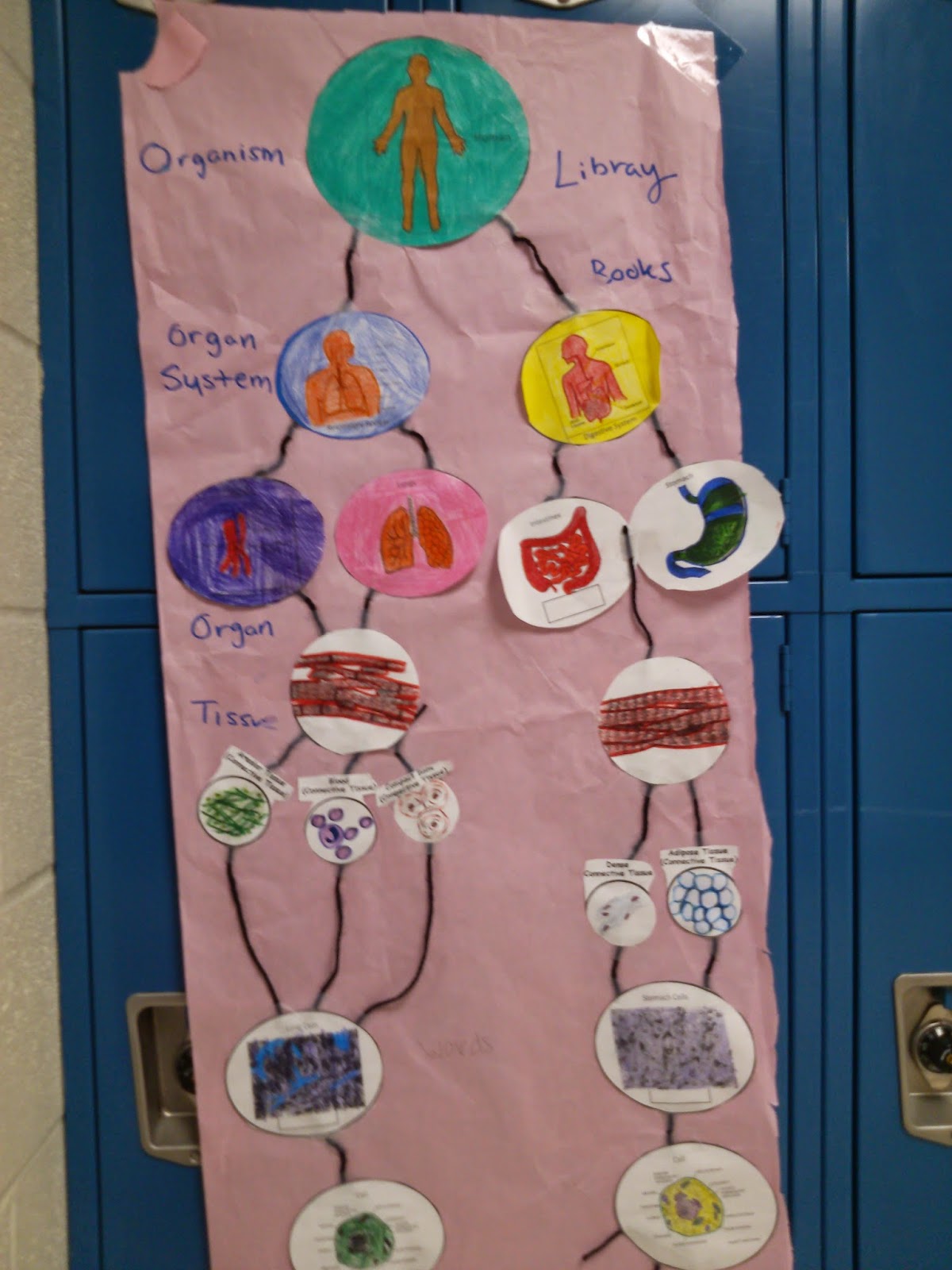Last year I required all of my students to create a biome model in a shoe box. This year I allowed the students to have more freedom regarding the project that they turned in. This was obviously more difficult to grade but I received more projects from my non Pre-AP classes than I had in previous years. I only took pictures of the shoebox projects because unfortunately I had a spill on the other projects before I was able to take pictures.
I am including the rubric and instructions for this project, in case you would like to use them:
Student Name:_________________
Class Period: _______________
Biome Project
Your biome project will showcase one biome of your choice. You may choose from a land biome or a marine biome.
Your project is due on Wednesday December 17th. You will be given two days in class to work on your project (Dec. 11th/12th) so be sure to bring your supplies to class. If you think of another way to showcase the information, such as creating a website, please come and talk to me and we can review your options.
Your project will need to include the following information: (much of the information can be located in your notes on page 58 of your journal)
Name of the Biome:
Climate of the biome:
Soil type:
Length of the growing season:
Plants of the biome (list 5):
Animals of the biome (list 6):
Adaptations of the organisms in the biome (list 3):
Describe if the organisms go through natural selection or selective breeding in the biome:
Human Impact and Natural Disasters that occur in the biome(list 1 of each):
Two Unique facts about the biome:
In order to showcase the information you will need to create one of the following: diorama, travel brochure, power point presentation, scrapbook, board game or written report that includes 1 page of illustrations.
Each project type has a specific set of instructions that must be followed:
Diorama: Box must be no smaller than a Kleenex box and no larger than a shoe box. Organisms need to be 3D. Information needs to written or typed and can be pasted in or around the box. (worth 10 extra points)
Travel brochure: Travel brochure needs to entice the audience to want to come and visit the biome of choice. The travel brochure needs to be in color and should include hand drawn pictures or pictures from magazines. The brochure must include all of the information either typed or hand written.
Power point presentation: Presentation must include a minimum of 12 slides, including one bibliography slide. Each slide must contain information and a minimum of three relevant pictures.
Scrapbook: Scrapbook must contain at least 12 pages. All information must be handwritten or typed. Each page must contain at least one picture that is drawn or cut from a magazine. (worth 10 extra points)
Board game: Board game must have a board, game rules, and game pieces. All of the information above must be included in the game. For example, they could be used as trivia questions, or chance cards for monopoly, etc. Information can be handwritten or typed. Game pieces must be 3D. (worth 10 extra points)
Written report that includes 1 page of illustrations: Written paper must be a minimum of 12 paragraphs and should cover all information listed above. The illustrations page must have hand drawn pictures or pictures from magazines.
|
25 points
|
20 points
|
15 points
|
10 points
|
Total points
|
Neatness
|
The project is very neat and shows effort.
|
The project is mostly neat and shows some effort.
|
The project is somewhat neat and shows little effort.
|
The project is not neat and shows little effort.
|
|
Creativity
|
The project is very creative and cannot be found on google.
|
The project is mostly creative and cannot be found on google.
|
The project is somewhat creative and can be found on google.
|
The project is not creative and can be found on google.
|
|
Following directions
|
All directions were followed for the project type that was chosen.
|
Most directions were followed for the project type that was chosen.
|
Some directions were followed for the project type that was chosen.
|
Few directions were followed for the project type that was chosen.
|
|
Information
|
All information is included on the project.
|
Most information is included on the project.
|
Some information is included on the project.
|
Little information is included on the project.
|
|



























